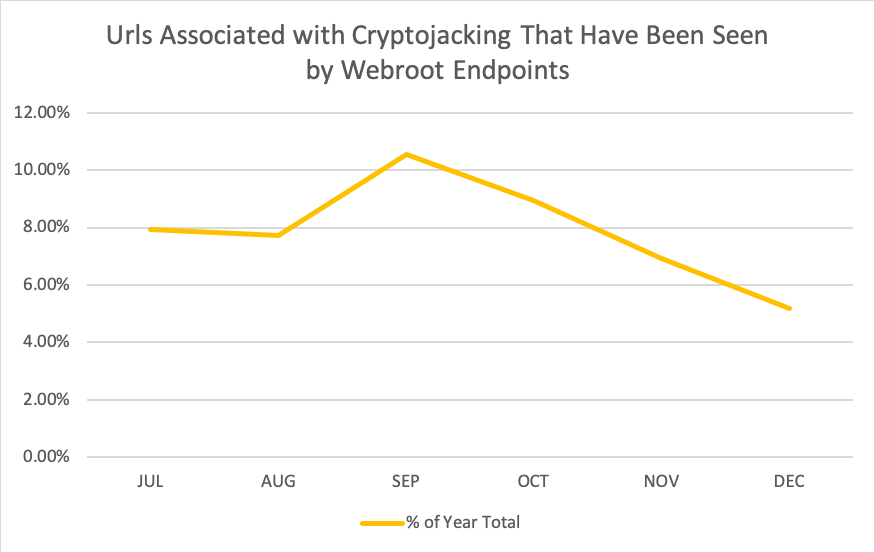Email Phishers Find New Filter Bypass
Since email filters have gained popularity over the last decade, scammers have been forced to adapt their attacks. To bypass a normal URL filter that would check for malicious links, these scammers have found a way to alter the “document relationship” file (xml.rels) and continue to push out harmful links. By removing the malicious link from the relationship file, many filters simply skip over it and allow the link to remain clickable, a new tactic which relies on filters scanning only a portion of a file.
Unknown Devices Putting UK Firms at Risk
In a recent survey, nearly 3 million UK businesses have admitted to constantly monitoring dozens of unknown devices connecting to their corporate networks. With internal security flaws being the main driver for data breaches, new policies should be implemented to work with the increasing number of external IoT devices connecting with systems expected to maintain a certain level of privacy. Unfortunately, many companies still see IoT devices as a non-threat and continue to ignore the gaping security holes appearing within their walls.
Swedish Healthcare Database Left Unattended for Years
A server was recently discovered to contain millions of call records made to a Swedish Healthcare Guide service that has been left exposed for up to six years. The server itself was created, then forgotten in 2013, and has since missed dozens of patches, leaving it vulnerable to at least 23 unique security flaws. Within the call records are names, birth dates, and even social security numbers, though after hearing of the breach, the company made swift efforts to properly secure the sensitive data.
Stanford Students Exposed After URL Vulnerability Spotted
What started as a simple admissions document request has left the personal data of 93 students exposed, due to a simple flaw in the record’s URL. By easily swapping out parts of the numeric ID viewable in the document’s URL, anyone with a login to the site could view another student’s records. Within the admissions documents was personal information relating to a specific student, including non-university records like background/criminal checks and citizenship standings. Fortunately, Stanford was quick to make the necessary changes and contacting affected students.























